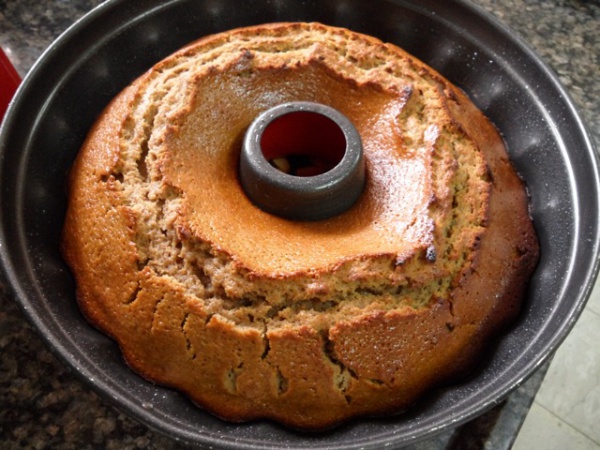Facts About Lekach
Lekach, a honey-sweetened cake, occupies a significant spot in Jewish culture, particularly during Rosh Hashanah, the Jewish New Year. The term "lekach" originates from Yiddish and may derive from the Aramaic word "lĕkhakh" meaning to mix thoroughly. For Ashkenazi Jews, this cake symbolizes the aspiration for a sweet and prosperous New Year.
The tradition of honeyed cakes in Jewish culture might date back to ancient times, possibly even to the era of the Exodus from Egypt. One such ancient cake is basbousa, which remains popular in the Middle East today. A classic Austrian Jewish honey cake recipe typically includes ingredients such as white rye flour, dark honey, coffee, spices like cloves and cinnamon, golden raisins, slivered almonds, eggs, vegetable oil, salt, and baking powder.
There are numerous variations of lekach, with recipes that vary widely. Most lekach cakes are dense and loaf-shaped, but some versions resemble sponge or pound cakes, featuring honey, spices, and occasionally coffee or tea for color. Other variations might be similar to gingerbread, pain d'épices, or even lebkuchen.
Regardless of the version, lekach remains a cherished tradition, bringing families together to celebrate and wish each other a sweet year ahead.

 Lebanon
Lebanon